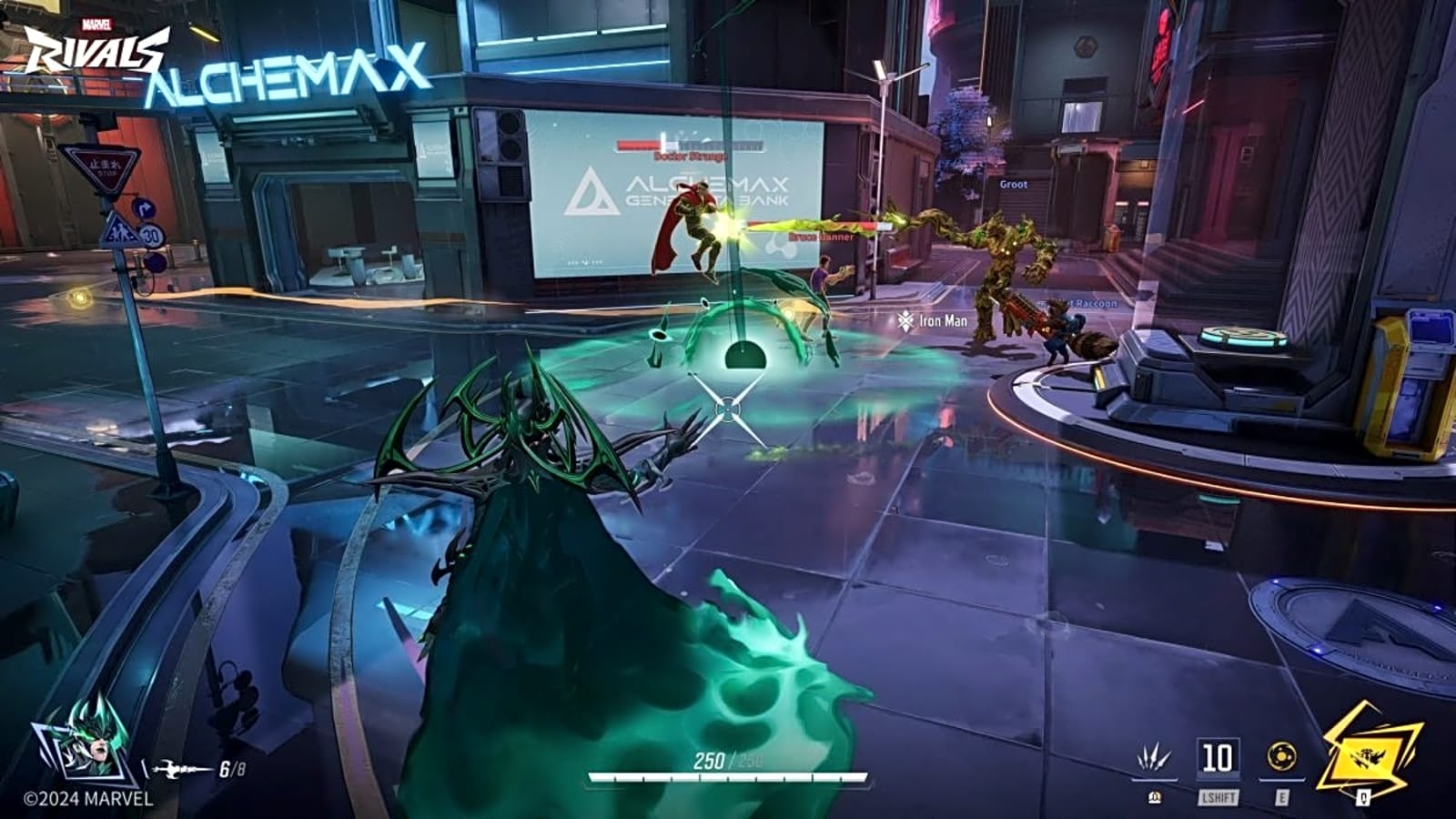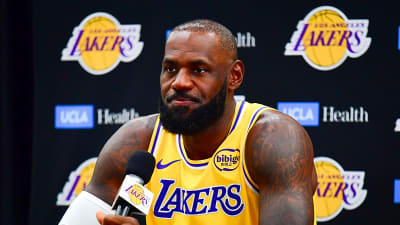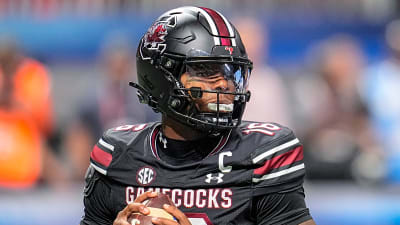
The world of live-service gaming is notoriously difficult. Launching a new multiplayer title means competing against established giants that have dominated the market for years. When NetEase launched Marvel Rivals, it seemed to have accomplished the impossible. The hero shooter, with its vibrant art style and beloved roster of Marvel characters, was a breakout hit. However, recent data has shown a significant drop in its player count, leading many to question the game’s long-term health.
A closer look at the numbers reveals a more complex and interesting story. Despite a steep decline from its peak, Marvel Rivals is far from a “dead game.” This post will explore the Marvel Rivals player base decline, analyze the reasons why the game is still considered a thriving success, and look ahead at what the future might hold for this ambitious title.
Marvel Rivals: The Reality of the Player Base Decline
There’s no denying the numbers. Since its launch, Marvel Rivals has experienced a significant drop in its active player base. According to data from Steam, the game, which peaked at an impressive 644,000 concurrent players in January 2025, has seen that number fall to around 98,000 as of October 2025. On paper, a loss of roughly 85% of your peak player count in just ten months looks alarming.
This kind of data often leads to headlines proclaiming a game is dying. In the context of a live-service game, where a consistent player base is crucial for matchmaking and revenue, a downward trend is always a cause for concern. For a game that wants to establish itself as a long-term fixture in the competitive shooter space, retention is key. Losing players this quickly suggests that while the initial launch was a massive success, keeping those players engaged has proven to be a challenge.
The reasons for this decline are likely multifaceted. The initial hype for a new Marvel game drew in a massive, diverse audience, including many who may not have been dedicated hero shooter fans. As the novelty wore off, these players likely returned to their preferred genres. Additionally, the fast-paced nature of the live-service model, with frequent character releases and balance changes, can be difficult to maintain, potentially leading to player frustration if the meta feels unstable.
Why Marvel Rivals Is Still Thriving
Despite the 85% drop, it is crucial to put the numbers into perspective. A concurrent player count of nearly 100,000 is not just healthy; it’s a number that many AAA multiplayer games would be thrilled to have. The “decline” narrative is only possible because the game’s launch was so extraordinarily successful. Marvel Rivals didn’t just meet expectations; it shattered them. Therefore, the drop is less of a failure and more of a market correction, as the game settles into a more sustainable, dedicated player base.
Here are a few reasons why Marvel Rivals is still considered a major success:
A Strong Core Community
The remaining player base of around 100,000 represents a dedicated community. These are the players who have invested time in learning the game’s mechanics, mastering its characters, and engaging with its competitive ecosystem. This core audience is the foundation upon which a long-term live-service game is built.
Context is Everything
Comparing Marvel Rivals to games like Apex Legends can be misleading. While Apex Legends grew its audience over several years, it launched in a different market landscape. For a brand new IP to launch in the current, saturated market and retain a six-figure player count is a remarkable achievement in itself. Many other “Overwatch-killers” have launched and failed within months, unable to capture even a fraction of the audience Rivals commands.
The Power of the Marvel IP
The game’s greatest strength is its connection to the Marvel universe. This provides an almost endless well of potential new characters, skins, and events to draw from. As long as Marvel remains a cultural juggernaut, there will always be an entry point to attract new and returning players. An event centered around a new MCU movie or a major comic book storyline could easily cause a significant spike in player numbers.
Consistent Content and Development
NetEase has maintained a rapid pace of development, releasing new heroes and content updates regularly. While this can present balance challenges, it also keeps the game fresh and exciting for its dedicated players. This commitment signals that the developer is invested in the game’s long-term future, which in turn builds confidence within the community.
What Does the Future Hold?
The true test for Marvel Rivals will be whether it can stabilize its player base and find a consistent floor. The downward trend needs to level out. From there, the focus will shift from retention to growth. So, what can we expect in the coming months?
First, expect NetEase to continue its aggressive content schedule. The introduction of highly anticipated characters is one of the most effective ways to generate buzz and bring players back into the fold. Imagine the excitement that would surround the release of a character like Wolverine, Doctor Doom, or Jean Grey. These major additions can serve as mini-relaunches for the game.
Second, the developer will likely focus on refining the competitive experience. This means continuing to address balance issues, improving the ranked play system, and fostering a healthy esports scene. A thriving competitive community is essential for the long-term health of any hero shooter, as it creates an aspirational goal for casual players and provides an endless stream of engaging content for viewers on platforms like Twitch and YouTube.
Finally, we may see the game explore new modes and limited-time events that offer a different style of play. While the core 6v6 mode is the heart of the game, new modes can provide a fun, low-stakes environment for players to enjoy their favorite heroes. Seasonal events tied to holidays or major Marvel milestones will also be crucial for keeping the community engaged.
The story of the Marvel Rivals player base decline is not one of failure, but of a massive launch followed by a natural market correction. The game is far from dead; in fact, it boasts a player count that makes it one of the most successful new multiplayer launches in recent years. With a strong core community, the power of the Marvel IP, and a dedicated development team, Marvel Rivals is well-positioned to be a major player in the hero shooter genre for years to come.
More must-reads:
- Giannis Antetokounmpo makes admission about where he wants to finish career
- Suspended Guardians pitchers blocked from playing in winter league
- The 'NFL total touchdown pass leaders' quiz
Breaking News
Trending News
Customize Your Newsletter
 +
+
Get the latest news and rumors, customized to your favorite sports and teams. Emailed daily. Always free!








